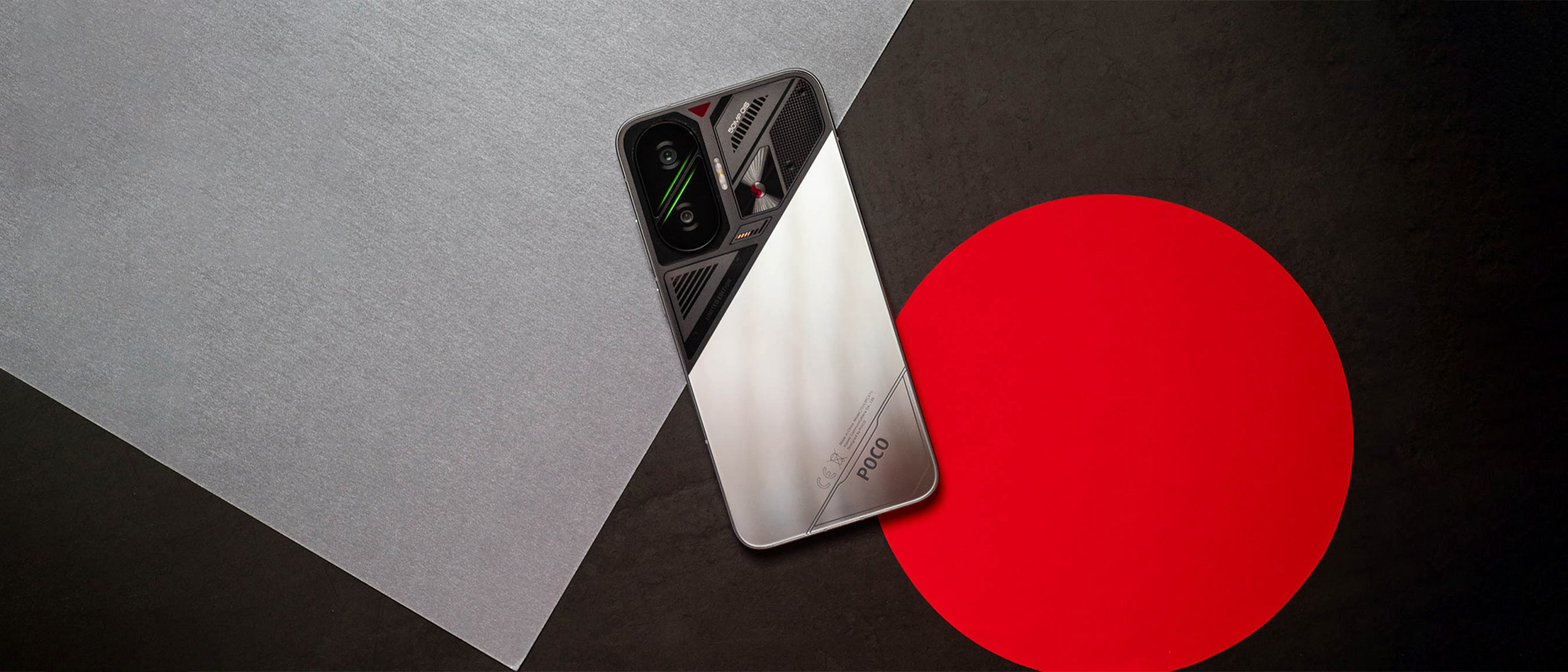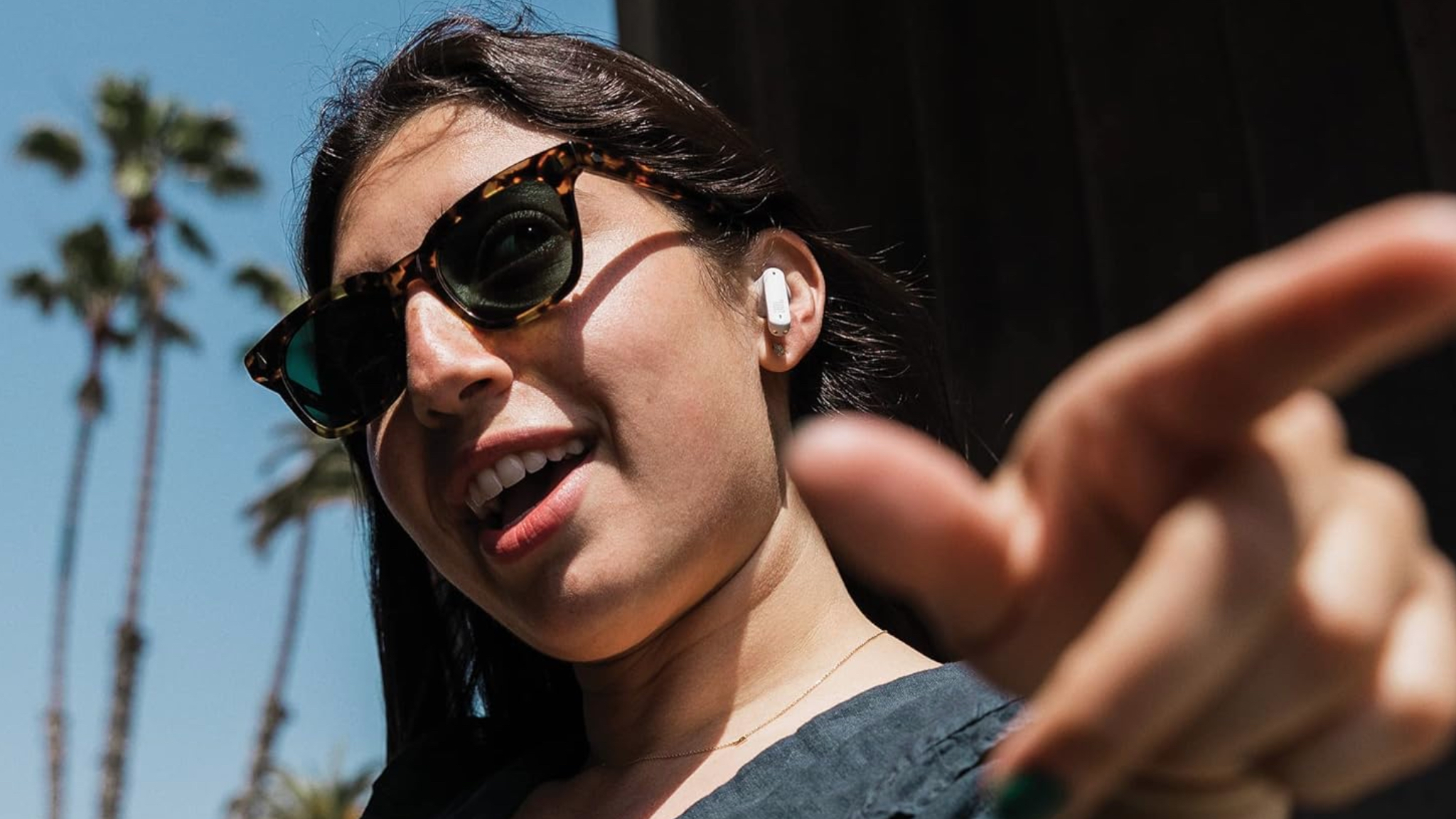Android Central Verdict
POCO didn't put a foot wrong with the F7; it has a 6,500mAh battery that lasts a day and a half, a vibrant AMOLED panel, and the best performance in this category. Combine that with longer-term software update guarantee, noteworthy design, and one of the best value-for-money of any phone in 2025, and you have an unbeatable package.
Pros
- +
Flashy design that stands out
- +
Noticeable performance gains
- +
Outstanding battery life
- +
Vivid AMOLED panel
- +
Decent main camera
- +
Long-term software updates
Cons
- -
Wide-angle lens isn't great
- -
Global model doesn't get the same battery as Indian version
Why you can trust Android Central
POCO is clearly being ambitious in 2025; the brand's X7 Pro Iron Man Edition was a strong start to the year, and that was followed by the F7 Ultra, its best device yet. POCO is continuing that momentum with the debut of the standard F7. Although the device doesn't have too many similarities to the F7 Ultra, it is interesting in its own right.
The F7 is powered by the Snapdragon 8s Gen 4, which has huge performance gains over the 8s Gen 3. I enjoyed using the chipset in the iQOO Neo 10, and it is just as performant on the F7 — Nothing is also set to use it on the Phone 3. But what makes the F7 that much more enticing is the value; POCO is once again undercutting its immediate rivals, and that makes the device a downright bargain.
I used the F7 for the better part of two weeks, and if you want a mid-ranger, there really isn't anything that gives you quite as much value.
POCO F7: Pricing and availability
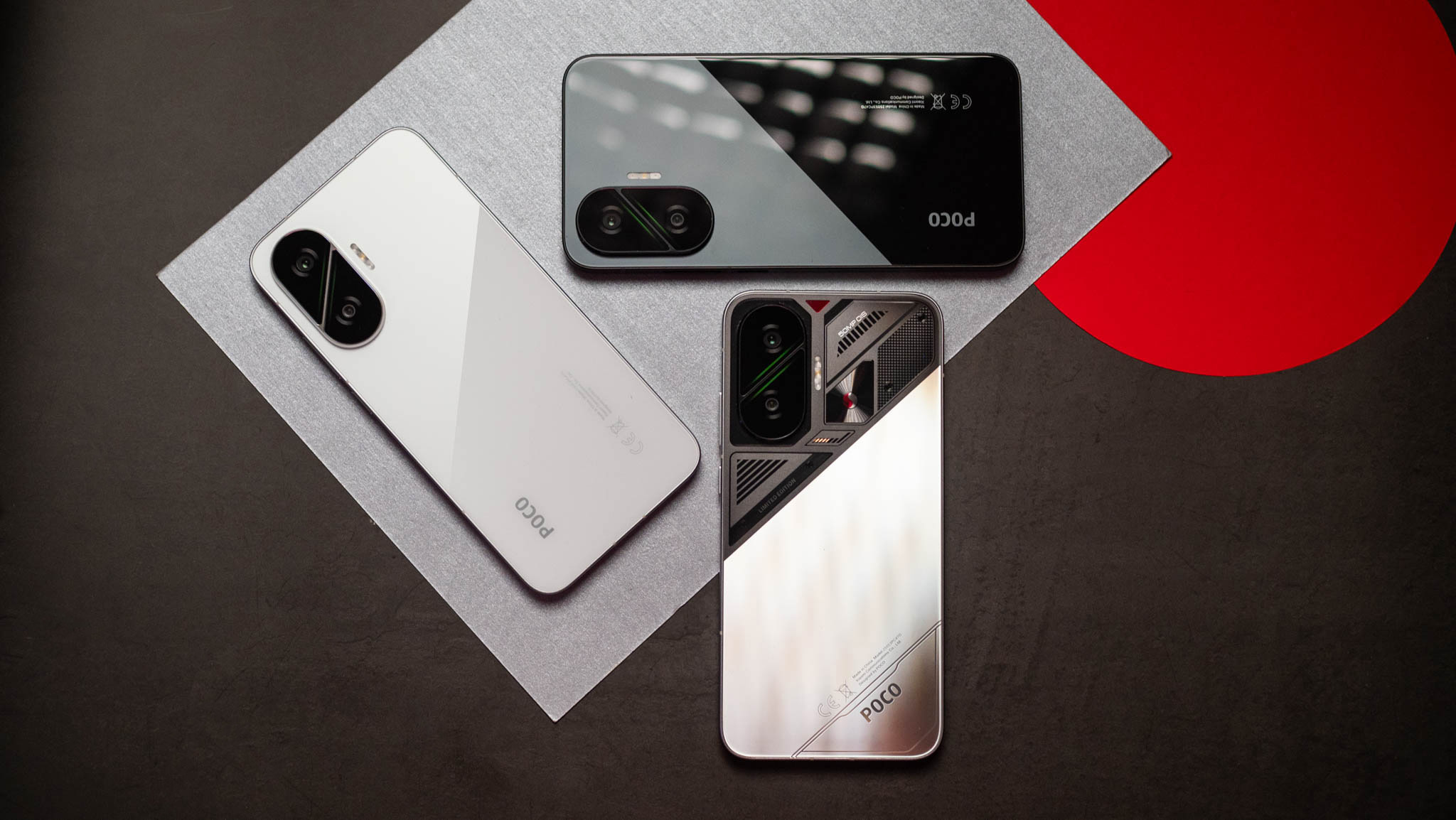
POCO unveiled the F7 on June 24, and the phone is set to go on sale starting July 1. The phone is available for ₹31,999 ($372) for the 12GB/256GB model, and ₹33,999 ($395) for the edition with 12GB of RAM and 512GB of storage. It's good to see POCO providing 256GB of storage with the base model — just like last year.
Over in the U.K., the POCO F7 retails for £389 ($530) for the 12GB/256GB model, and £429 ($584) for the 12GB/512GB variant. If you're interested in buying the phone before July 7, you can pick up the 12GB/256GB model at £319 ($434) and the 12GB/512GB model at £359 ($488).
It will cost the equivalent of $399 for the 12GB/256GB model in other global markets, with launch pricing at $339. The 12GB/512GB model costs $449, with POCO bringing it down to $399 during the launch window.
POCO F7: What I like
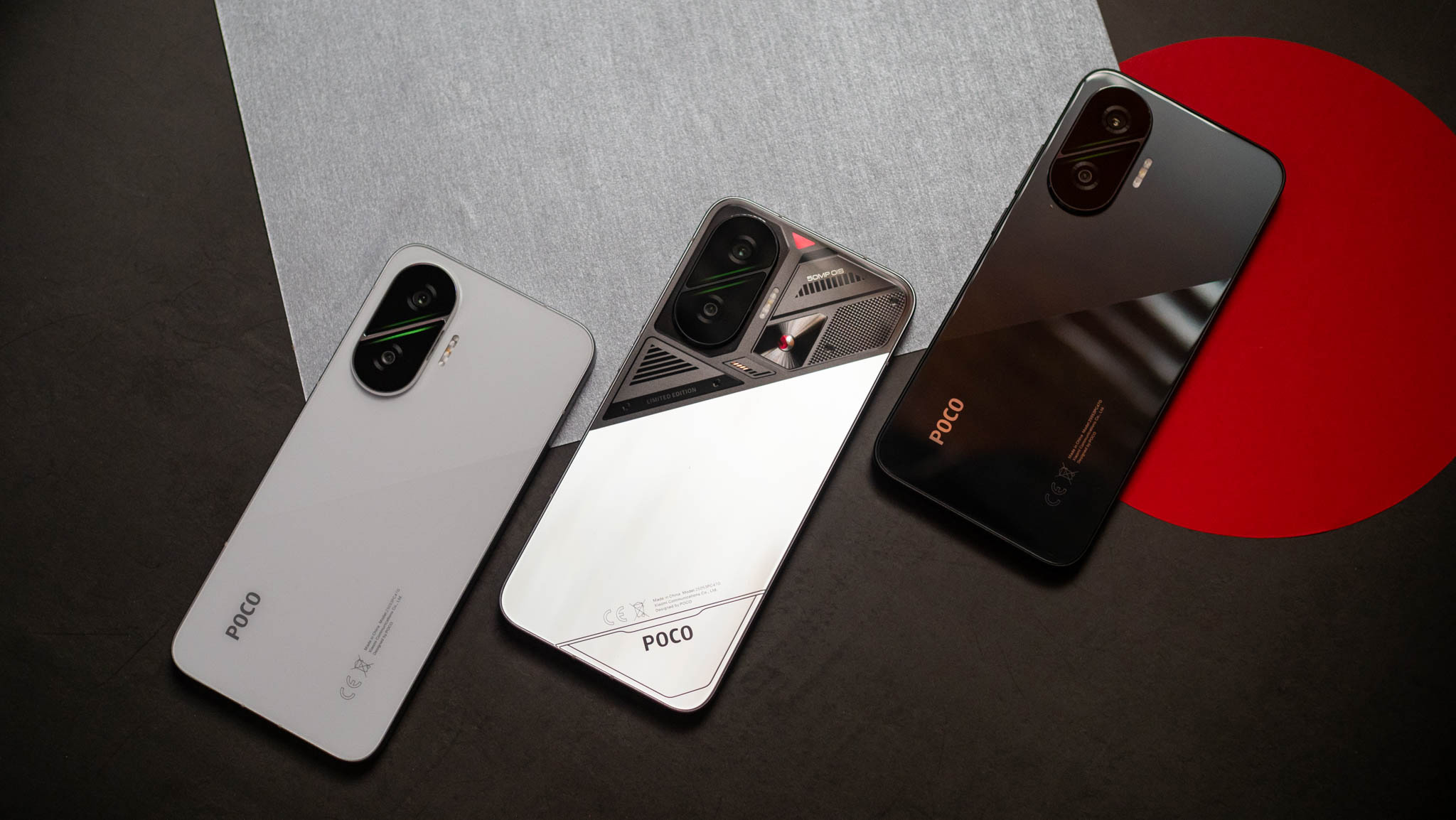
POCO doesn't shy away from bold designs, and the F7 takes this to a new level. The white and black models have a two-tone design with a redesigned camera housing, and the oblong housing is split into. The green accents in the middle of the housing give it plenty of flair, and the dual-tone effect makes the design just that bit more refreshing.
Get the latest news from Android Central, your trusted companion in the world of Android
The design is on another level
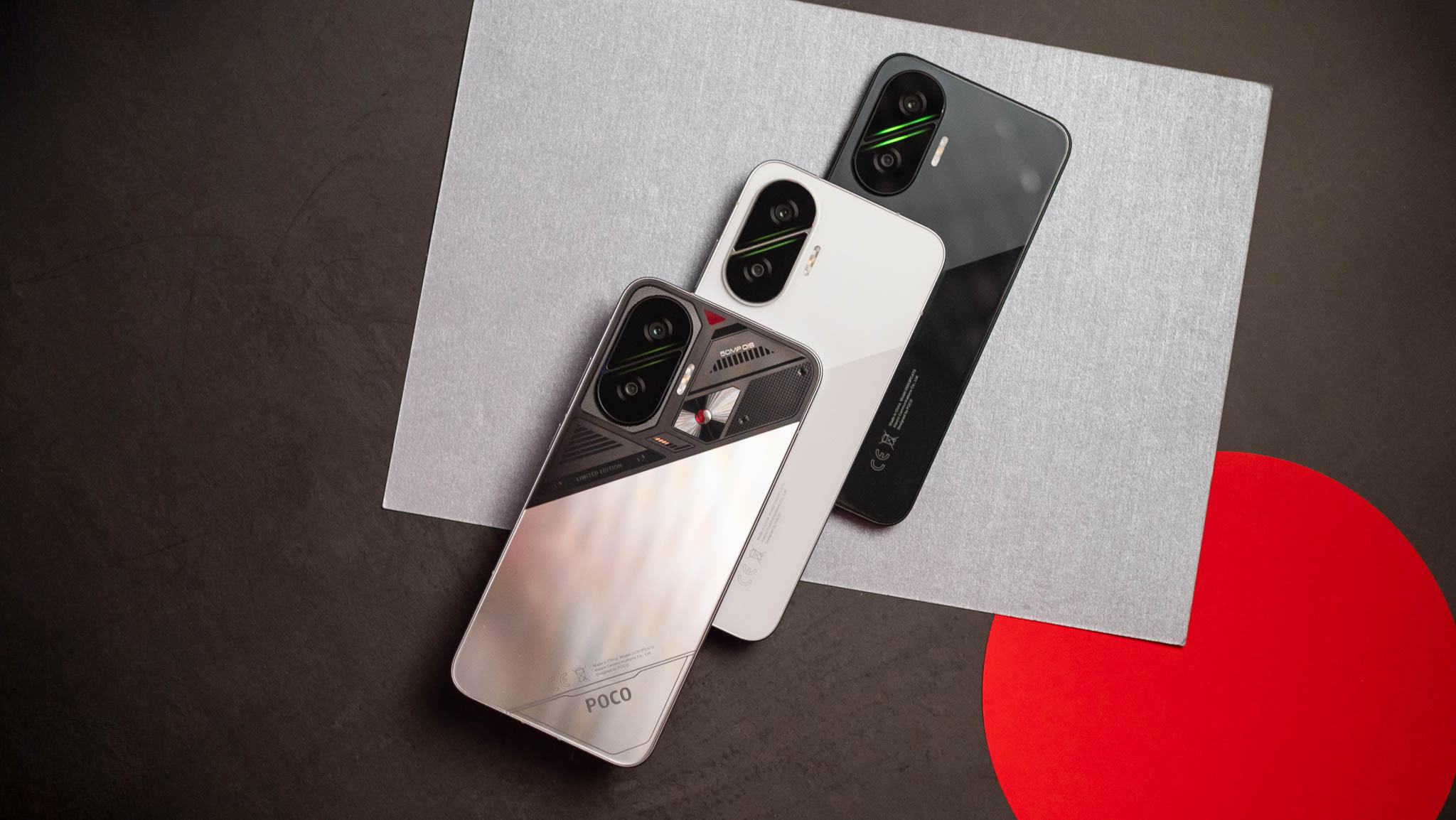
POCO also sent over the silver variant, and this is the model to get if you're interested in buying the F7. It has futuristic styling with an embossed Snapdragon logo, and it easily attracts attention. POCO went with flat sides, but the bevels on the sides make it comfortable to hold and use the phone, and it isn't unwieldy even though it has a massive battery.


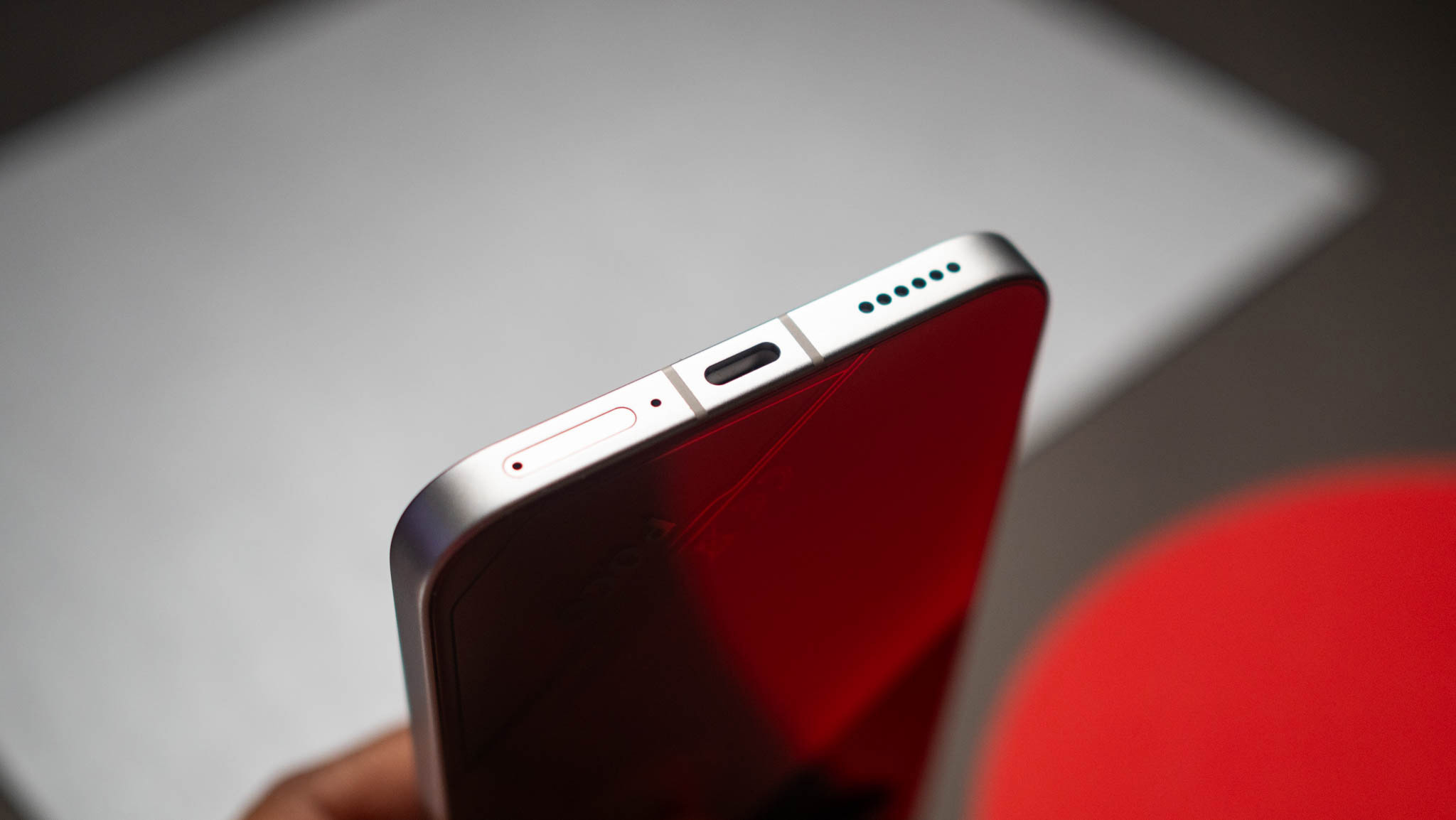
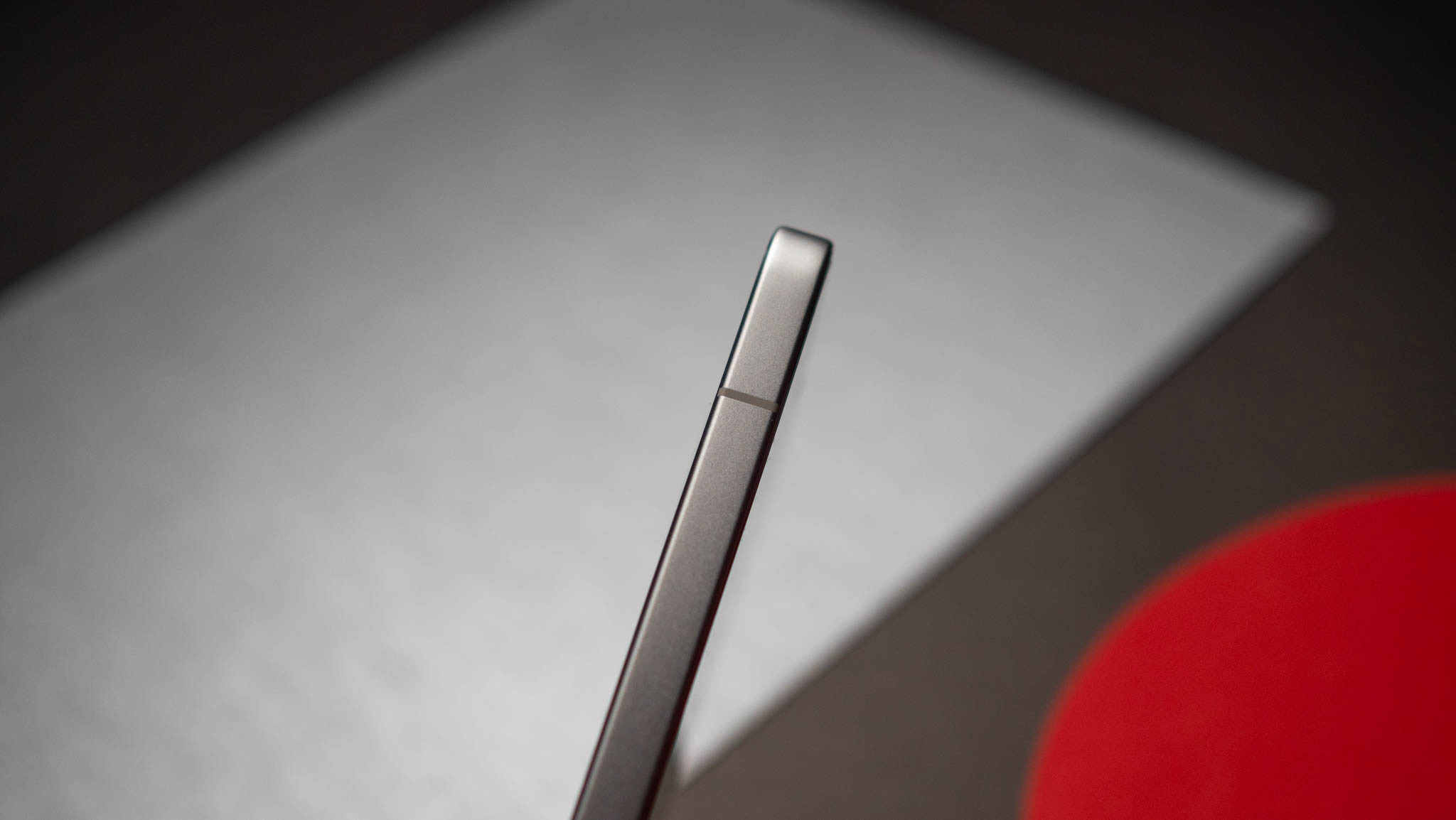

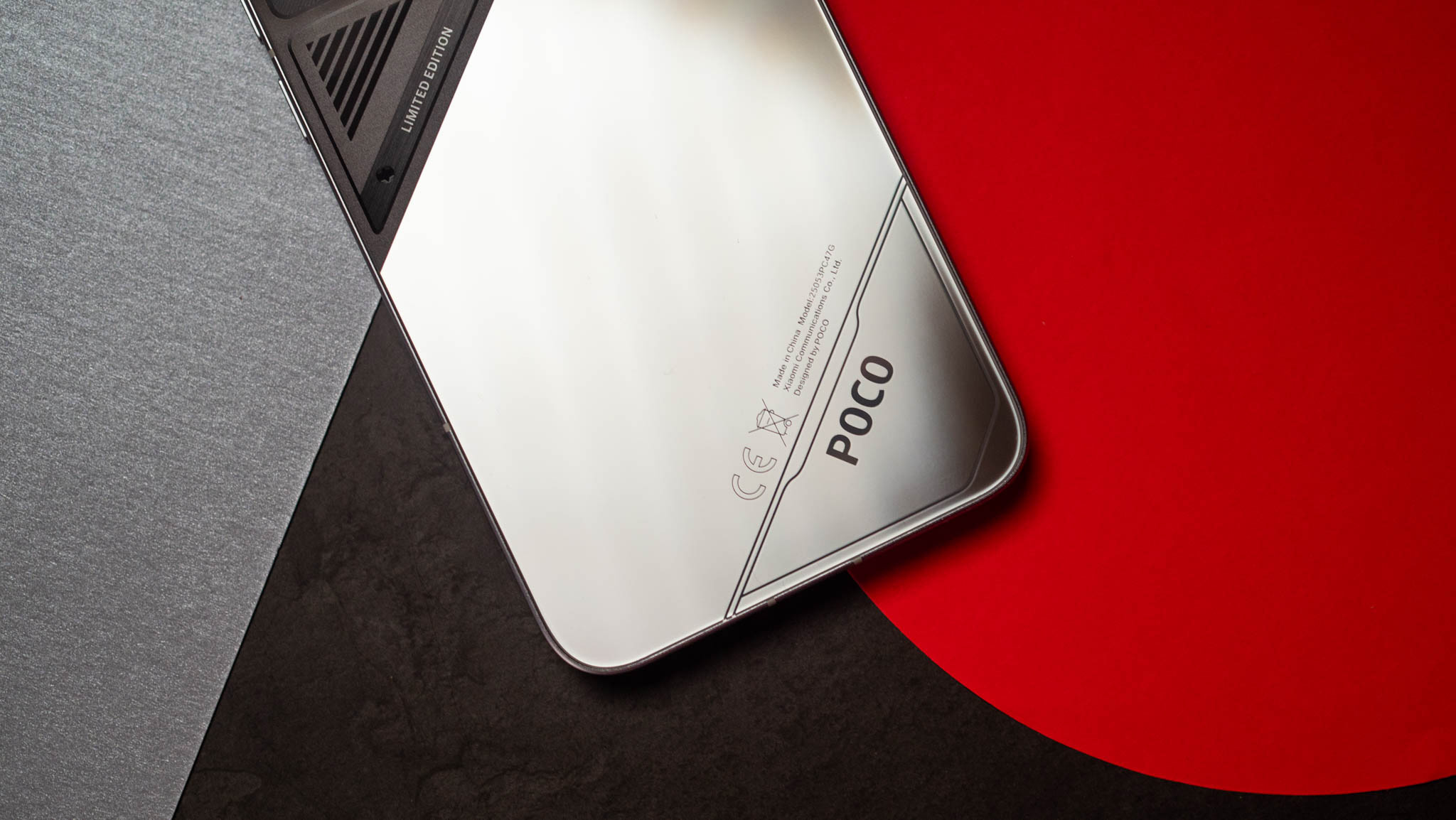
The aluminum mid-frame and glass back make the device look upmarket, and POCO included IP68 dust and water resistance. The only issue I have with the design is that the fingerprint sensor is located a little too low on the panel, making it difficult to access.
This AMOLED panel gets bright

The F7 has a bigger 6.83-inch AMOLED panel, and it gets brighter than its predecessor. I didn't see any issues with color vibrancy or contrast levels, and POCO continues to do a great job calibrating its panels. There's Dolby Vision and HDR10+, and you get dynamic colors in Netflix and YouTube.
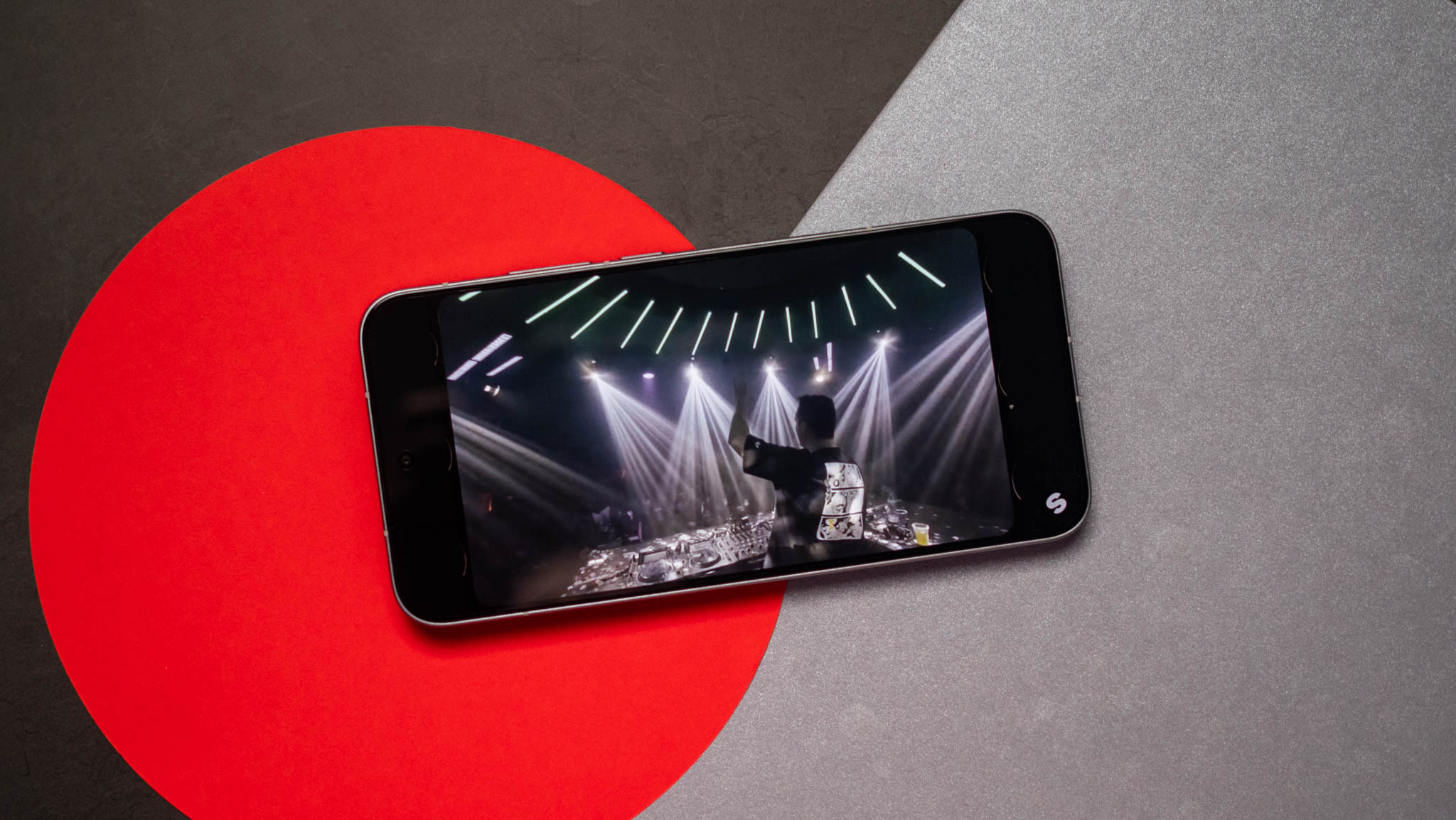
Gaming is similarly enjoyable, and the F7 doesn't really have any issues in this regard. The stereo sound is limited as you don't get identical channels, but you can make out two distinct sources of audio, and it is serviceable if you're gaming casually. Interestingly, the phone gets 3,840Hz PWM dimming as standard, and it makes a huge difference if you're sensitive to PWM issues.
Class-leading performance is a guarantee

POCO outfitted the F7 with the latest Snapdragon 8s Gen 4, and it is one of Qualcomm's best mid-range chipsets in a long time. It uses a design that's made up entirely of big cores — with the Cortex X4 leading the way — and the Adreno 825 holds up much better than the Adreno 735 in the 8s Gen 3.
Category | POCO F7 | OnePlus 13R | iQOO Neo 10 |
|---|---|---|---|
Geekbench 6 (single-core) | 2049 | 2093 | 1988 |
Geekbench 6 (multi-core) | 6275 | 6246 | 6690 |
Geekbench AI (Quantized Score) | 3590 | 3041 | 2900 |
3DMark Wild Life Extreme (score) | 4246 | 4550 | 3566 |
3DMark Wild Life Extreme (FPS) | 25.43 | 27.25 | 21.35 |
3DMark Solar Bay (score) | 7558 | 8075 | 5131 |
3DMark Solar Bay (FPS) | 28.74 | 30.71 | 19.51 |
Basically, this is one of the fastest options in this category, and it allows the F7 to shine in demanding games. I didn't see any issues with visually-demanding games, and the F7 delivers the best performance in this category by a long shot. Other niceties include UFS 4.1 storage modules, 256GB of storage even on the base model, Bluetooth 6.0 modem — just like the Xiaomi 15 Ultra and Xiaomi 15 — alongside Wi-Fi 7, AptX Adaptive, and dual-band GPS.
A battery that goes on (and on (and on))
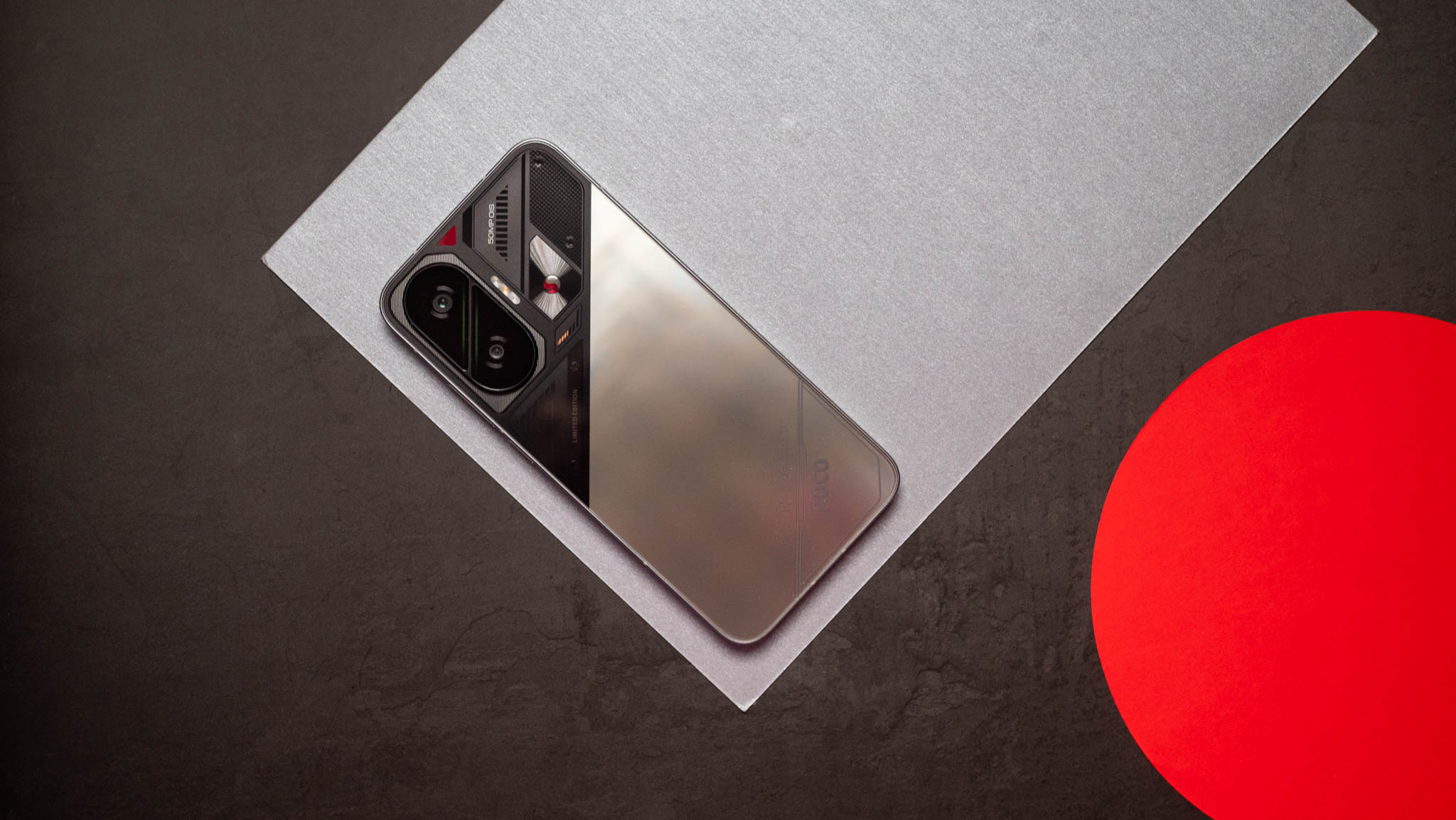
POCO didn't really omit many features on the F7, and that's refreshing to see. On that note, the phone has a huge 6,500mAh battery, and it lasts over a day and a half with medium use. Even if you binge an entire season of a TV show in one go, you'll get a day's worth of use out of the device.
My only annoyance with the battery is that the global model doesn't have the gargantuan 7,550mAh silicon battery that's exclusive to the Indian model. POCO did this in the past as well where it limited the bigger battery to the Indian version, and I want to see that change.
Other than that, the phone gets 90W charging, and it takes just over 44 minutes to charge the device. That's quite decent when you consider the size of the battery, and this is with the 6,500mAh model — I didn't get to use the Indian unit with the 7,550mAh battery.
Highly customizable software

POCO's phones have the same software as their Xiaomi siblings, and the F7 runs Android 15 out of the box. There's good optimization, so you get a fluid interface without any noticeable lag in daily use. I ran into a few issues with notifications, but disabling the memory management sorted those out.

Other than that, there really isn't much to talk about the software. You get the usual AI-backed utilities, but they're limited to Xiaomi's (err, POCO) own services, and I don't really see much usability with these. What I like is that the F7 will get four Android OS updates alongside six years of security patches. That's a positive move from POCO, and it allows the phone to be relevant that much longer.
POCO F7: What I don't like
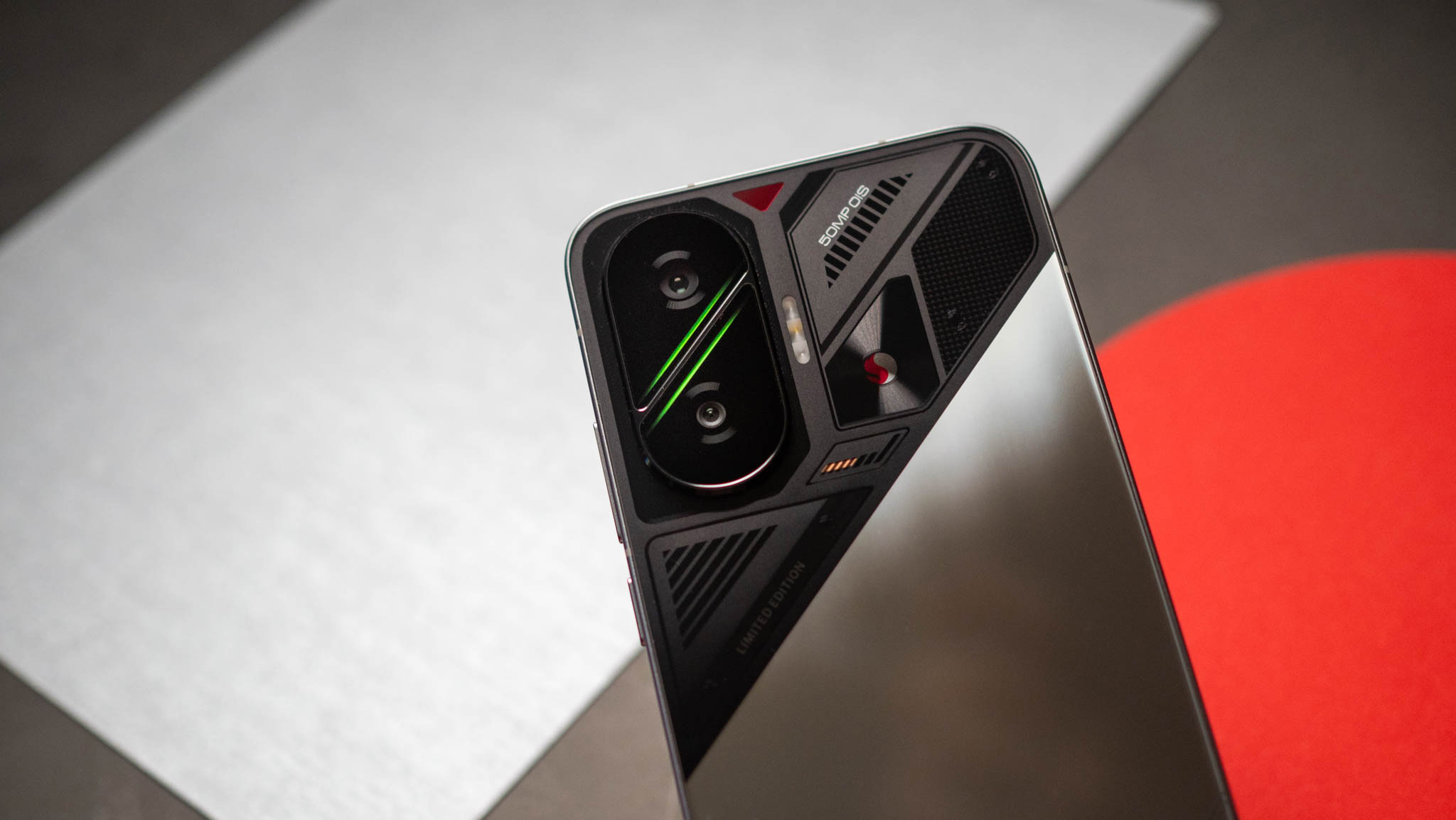
POCO will admit that cameras aren't the highest priority for the brand, and while the F7 Ultra changed this narrative, the standard F7 doesn't quite deliver the same caliber of photos. The phone uses a 50MP Sony IMX882 as the main camera, and it's joined by an 8MP wide-angle lens and a 20MP front camera that lacks autofocus.
The phone takes decent photos in most conditions, but it isn't going to win any awards. You can get beautiful shots if you're willing to tweak the settings, but it isn't anywhere as effortless to use as the Pixel 9a or even the iQOO Neo 10. The 8MP wide-angle lens is strictly average, and it doesn't measure up in low-light situations. You get 4K60 video, but stabilization isn't great.
Another issue is with the software; while I generally like what POCO is doing in this area, the F7 has way too much bloatware installed out of the box. Yes, you can uninstall or disable most utilities, but most users won't bother doing so.
POCO F7: The alternatives
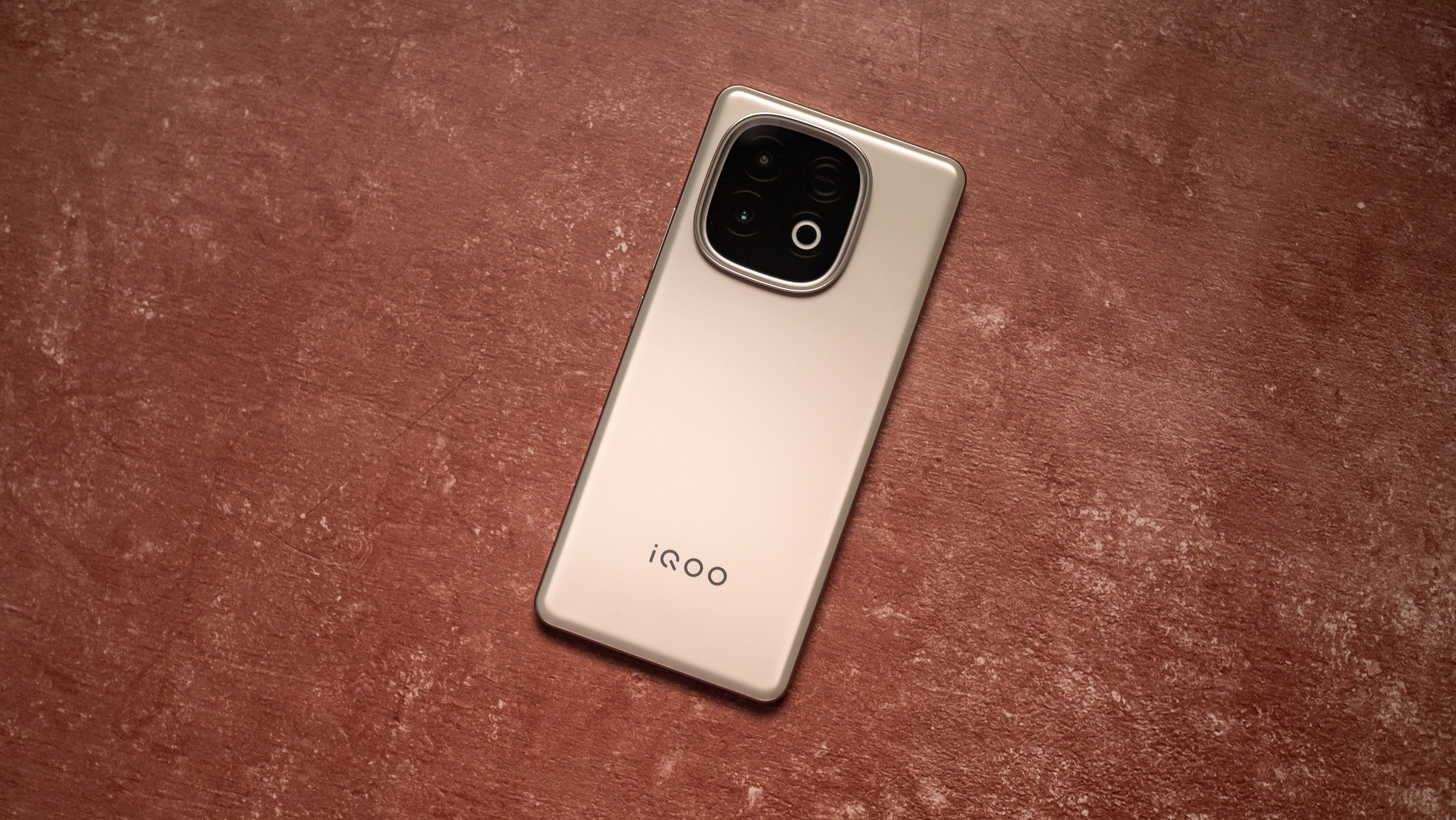
I like the iQOO Neo 10; it has a lot of the same features, and you get a 7,000mAh battery as standard alongside 90W charging. It holds up just as well in daily use and intensive gaming, and it is a smidgen lighter than the F7. I like iQOO's software better, but the device won't get as many updates.
If you need the best cameras, the Pixel 9a continues to be a solid choice. The phone isn't anywhere as fast as the F7, and it misses out in a lot of other areas. But if you need a mid-ranger to take photos, the cameras are hard to beat, and Google has an extensive suite of AI editing features.
POCO F7: Should you buy it?
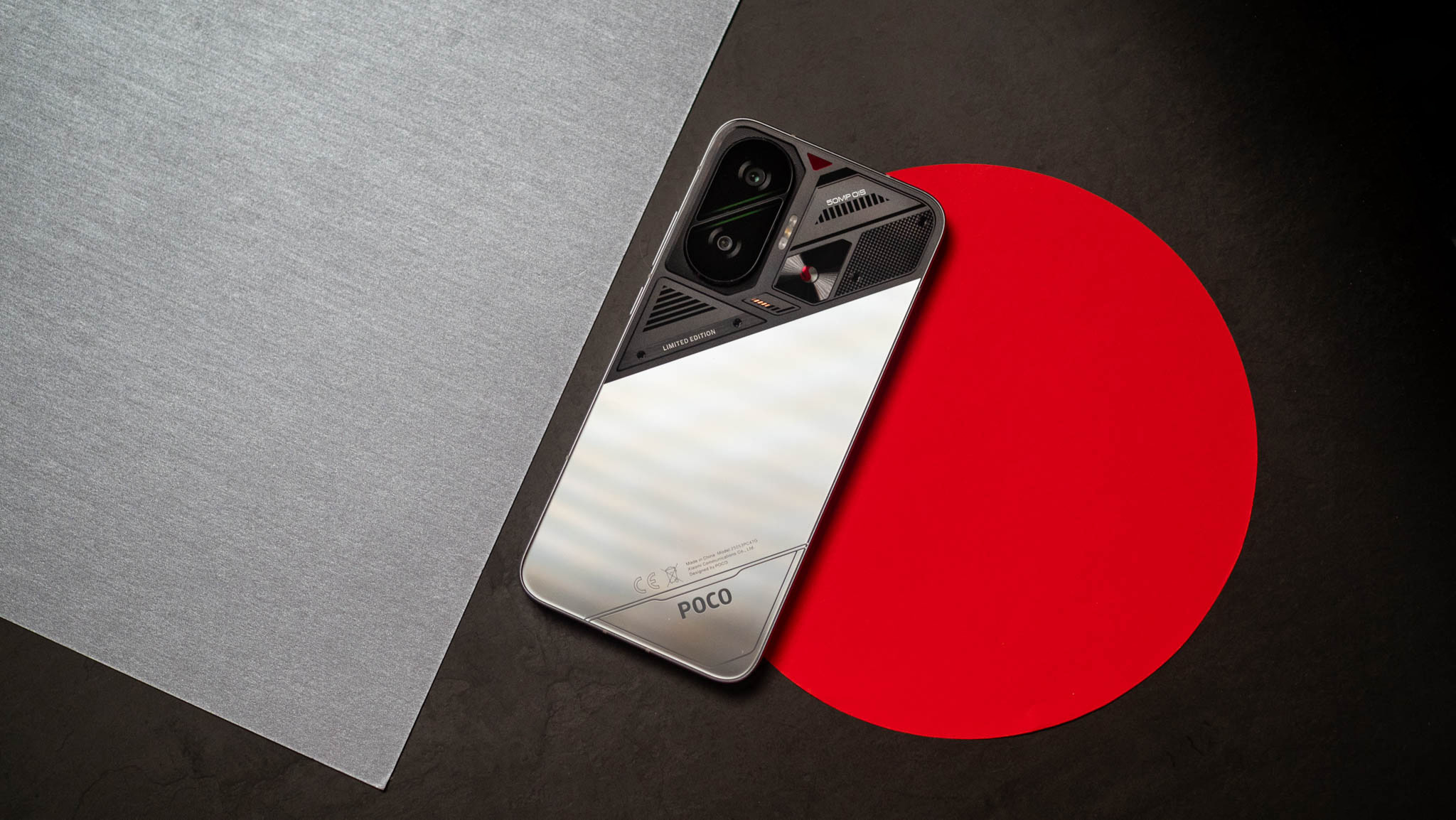
You should buy this if:
- You want a phone that will turn heads
- You need the best battery life
- You're looking for the best performance in this category
You shouldn't buy this if:
- You take a lot of photos and videos
The F7 is an existential threat to the Redmi Note 14 Pro+; POCO somehow managed to deliver better performance, much better battery life, a bigger AMOLED panel with brighter colors, and longer software updates.
This makes me question why Xiaomi even bothers with the Redmi Note series; sure, it takes better photos, but it is inferior in every other way, and the pricing just doesn't justify what you're getting.
If you need a mid-range phone and don't mind average cameras, there really isn't a better choice than the F7 right now.

Harish Jonnalagadda is Android Central's Senior Editor overseeing mobile coverage. In his current role, he leads the site's coverage of Chinese phone brands, networking products, and AV gear. He has been testing phones for over a decade, and has extensive experience in mobile hardware and the global semiconductor industry. Contact him on Twitter at @chunkynerd.
You must confirm your public display name before commenting
Please logout and then login again, you will then be prompted to enter your display name.
